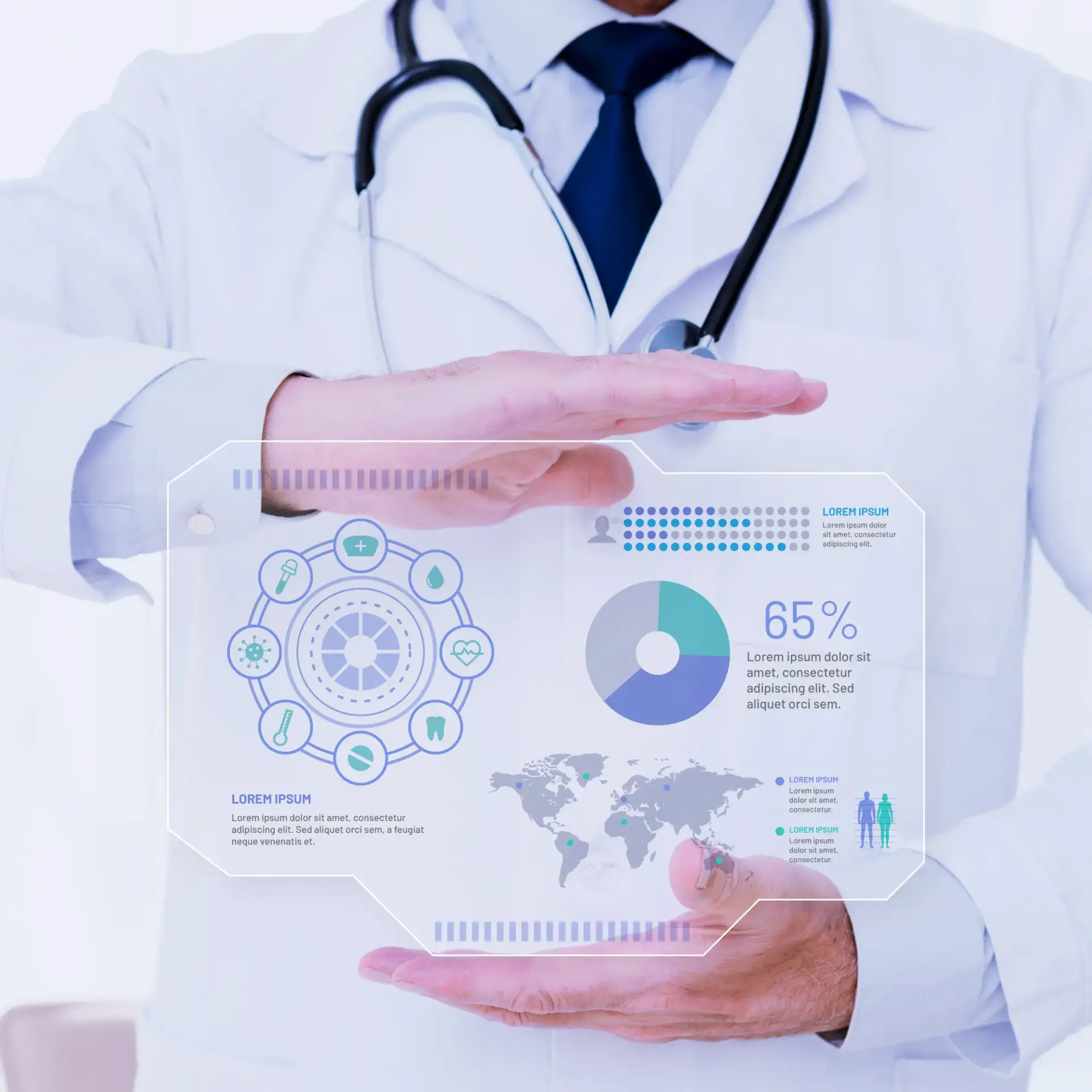
Healthcare data warehousing
Without a central place to store and organize healthcare data, finding what you need is a significant obstacle. Our healthcare data analytics services help you build scalable data warehouses that consolidate all healthcare-related information in one structured system. Easy access to accurate data lets providers retrieve the necessary information when they need it.




























